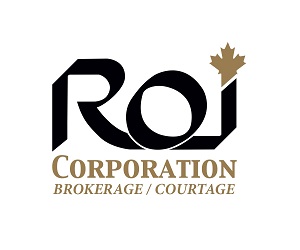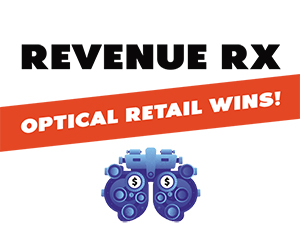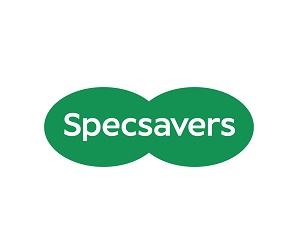
One of the biggest conundrums of optometry is that it is possible for the Optometrist to not only detect the patient’s problem, but also to offer the products that fit the solution. Many associates and practice owners alike have expressed their fear and distaste at the idea of becoming “salespeople.”
The simple truth is advanced eye care and eyewear products and services don’t sell themselves. They require human intervention to facilitate the purchase cycle.
We coach practice owners and associates to stop thinking of themselves as salespeople and to instead focus on offering solutions to problems. Their job is to help patients navigate the buyer’s journey and make smart decisions. This type of selling can be a competitive advantage.
We often take for granted how much knowledge we have about quality and choices – whether we are talking about glasses, additional testing, drops or contact lenses. If optometrists took the approach that their purpose was to educate each patient about the options possible, they could release the anxiety associated with “sales” and embrace the confidence that comes with educating and offering choice.
By providing the patient with all the information they need to make an educated decision about their purchase, optometrists are also building trust with patients. This trust leads to confident purchases by patients. Many patients would prefer the security of buying a pair of glasses from their eye care provider. So if the doctor takes the time to explain all the choices available, along with the pros and cons of different decisions, the patient is quite likely to make a purchase with them.
Presenting choices to patients is still hard for many practice owners and associates. One of the easiest ways to approach it is to talk about what other patients are doing. For example, you could say, “Many of our patients are choosing to use both a primary pair of progressive glasses as well as getting a dedicated pair for coputer use. They find that their eyes are much less tired at the end of the day if they are supported properly.”
A patient may even ask what the doctor would do in a similar situation. For instance, if there is only a minor change in the prescription and the patient is hesitant about how to proceed. Explaining that a new pair of lenses, even with a small prescription change, could allow the patient to take advantage of a better coating option and new technology in the lens design, helps the patient make an informed decision about whether or not to proceed with a new pair of specs.
Ultimately, whether you are the owner of the practice or an associate, the health of the practice is dependent on sales. Once everyone is comfortable with the idea that sales is a natural part of the process, it is key to spend time studying the multiple levers that will drive growth for the business.
How do you increase growth?
- Study your market. What are the demographics? Are they changing? Who is winning in the optical game in your target market?
- Study your customers. What type of experience are they looking for? What keeps them coming back to your office? What could possibly drive them to another office?
- Study your business. Are you staying current with the latest trends? Is your office updated? Are you offering solutions that make sense for people’s lives in 2018?
There are opportunities at every step in the practice to educate, inform and ultimately sell great solutions to every patient. And that’s a good thing for owners, associates and patients, alike.

KELLY HRYCUSKO
is the co-founder and managing partner of Simple Innovative Management Ideas (SIMI) Inc. and expert Practice Management contributor for Optik magazine. She can be reached at info@simiinc.com.























